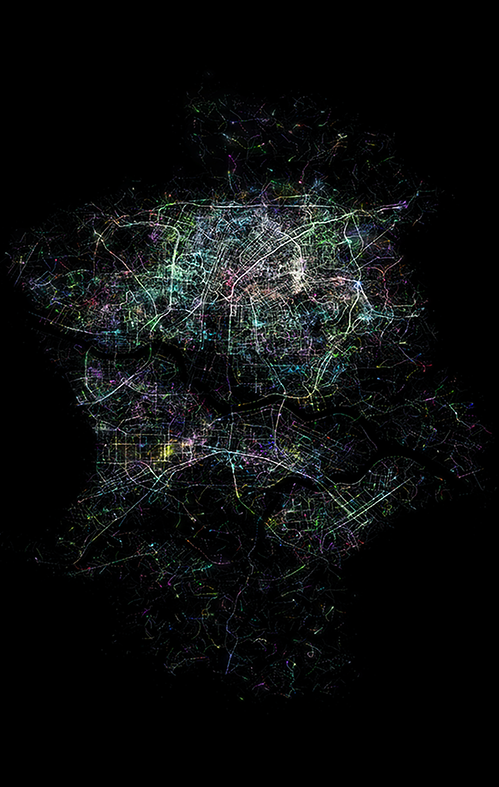
Pangenerator
The abacus
THE ABACUS is probably the first ever 1:1 interactive physical representation of real, functioning deep learning network, represented in the form of a light sculpture. The main purpose of the installation is to materialise and demystify inherently ephemeral nature of artificial neural networks on which our lives are becoming increasingly reliant on. As the part of new permanent exhibition devoted to the Future the installation aims to engage and educate the audience in artistically compelling ways being the manifestation of art and science movement goals.





